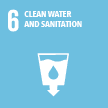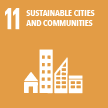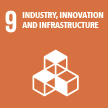Coatings Industry Making Great Strides on Sustainability
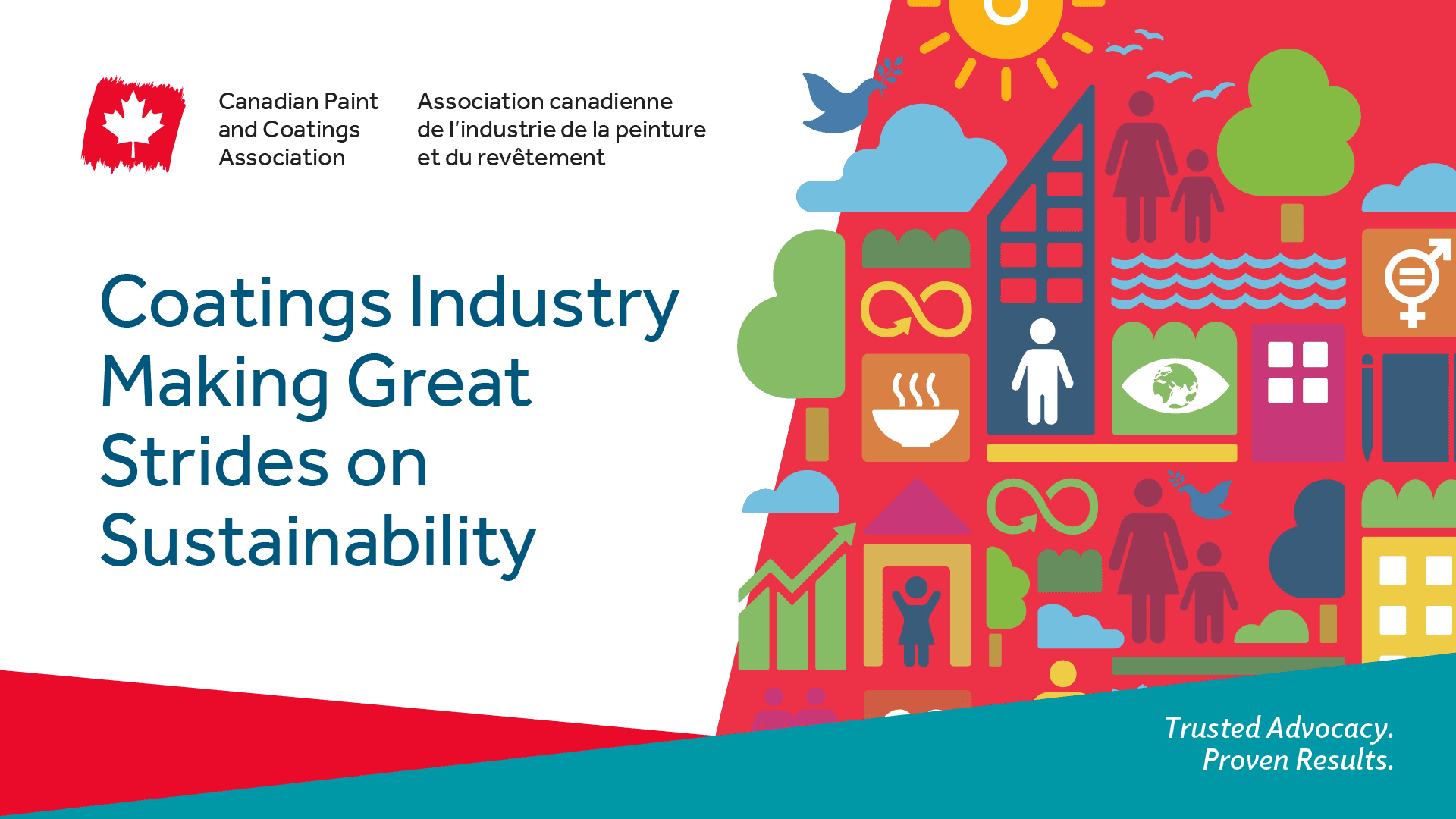
Increasingly the new narrative in every industry today includes a renewed focus on sustainability. CPCA and its members are now leading that charge for the coatings, adhesives, sealants and elastomer (CASE) industry in Canada. Governments, business, consumers and environmental groups are now strongly advocating for more sustainable products.
Over the past several years the CASE industry has been consumed with ensuring their corporate decisions include sustainability in the march toward a net zero, carbon-free world. The C-suite of executives in major companies have made strong commitments to sustainable approaches how products are produced and the products themselves. Businesses must consider the true definition of sustainability, which also includes two other critical pillars besides environmental, economic and social governance. These are the three pillars the United Nations originally agreed on in Brazil in 1984. In 2015 that was the bases for the 17 global Sustainable Development Goals (SDG), which is now embraced globally with established targets for each goal in various sectors of the economy.
The 25-year old World Coatings Council (WCC), of which CPCA is a founding member, represents the leading trade associations for paint and coatings manufacturers. The industry manufactures diverse products not only for decorative purposes, but also for the preservation and protection of many different substrates. Coatings create functional surfaces and enhance the durability and sustainability of the materials to which they are applied. So, in many ways it can be argued that coatings were environmentally friendly for many years in that it protected and preserved valuable assets of every kind, delaying the need for more renewable and non-renewable resources. That meant less cutting of new growth trees and less manufacturing of new products and the production processes and ingredients required to deliver them. However, while that is still true the times have changed with even more action required in every sector of Canada’s economy, including the CASE sector. If industry does not embrace these changes we will see more drastic environmental impacts around the world like floods, storms, earthquakes, etc.
The coatings industry began taking sustainable action years ago, but over the past five years it has really upped its game on sustainability in all aspects of its business: raw material supply, streamlined production, supply chain management, pre- and post-production, leftover paint waste collection and recycling, etc. The sustainability reports of CPCA member companies have led the way with some companies with more than 40% of its sales from sustainably advantaged products now in the billions of dollars; reduction in the intensity of waste disposal; achieving zero waste-to-landfill in the order of 40% in some instances; setting targets to reduce GHG emissions from plant operations and in some cases is up to 40% by 2030; reducing water use intensity; increasing the percentage of funding in research and development focused on a sustainable benefit, in some cases more than 60 percent of the total; and working toward increased transparency in climate related financial disclosures. These are just a few examples of how the CASE industry has transformed and focused on sustainable best practices.
In December 2022 the World Coatings Council released its inaugural report, Sustainability in the Global Paint & Coatings Industry. The report highlights the global industry’s ongoing sustainability efforts to advance technologies in coating science and manufacturing, while minimizing impacts on human health and the environment. The report emphasizes the critical role coatings and the global industry play in contributing to the United Nations’ Sustainable Development Goals (SDGs), as framed by nine specific SDGs where the industry can have the greatest impact:
 |
SDG 12 – Responsible Consumption and Production |
|
SDG 6 – Clean Water and Sanitation |
|
|
SDG 11 – Sustainable Cities and Communities |
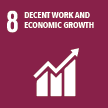 |
SDG 8 – Decent Work and Economic Growth |
|
|
SDG 3 – Good Health and Well-being |
 |
SDG 4 – Quality Education |
|
|
SDG 9 – Industry, Innovation, and Infrastructure |
|
SDG 14 – Life below Water |
|
|
SDG 13 – Climate Action |
Featuring examples that support the World Coatings Council’s Sustainability charter, the global report underscores that coatings are essential to making products and our built infrastructure more sustainable by providing resistance and durability; providing critical performance properties for safe and healthy communities; and serving a critical role for applications in the health and food sectors with anti-viral and antimicrobial coatings, among many others. The report also highlights the industry’s efforts to achieve resource efficiency in production processes, serious consideration of raw material consumption, and implementation of health and safety measures to ensure meaningful work and economic growth.
A guide is also provided for companies in the CASE sector to facilitate and support the sustainability and programming for companies and associations in the industry. Key Performance Indicators (KPI) are provided as important indicators for SDG achievement. Where possible users of the guide may wish to provide relevant data or report other activities complementing or amplifying their contributions to the attainment of a specifics SDGs. What gets measured, gets done!

